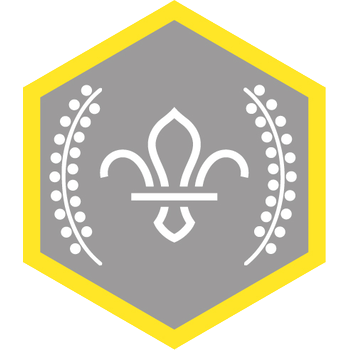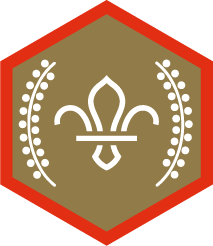
How autism-friendly are you?
You’ll need
- Pens or pencils
- A4 paper
- Big 5 things poster
Before you begin:
- Use the safety checklist to help you plan and risk assess your activity. Additional help to carry out your risk assessment, including examples can be found here. Don’t forget to make sure all young people and adults involved in the activity know how to take part safely.
- Make sure you’ll have enough adult helpers. You may need some parents and carers to help if you’re short on helpers.
Run the activity
- Gather everyone in a circle and show everyone the 'Big 5 things’ poster. Explain that it has five things autistic people and their families want everyone to understand about autism.
- As a group, go through each of the big five things and make sure everyone understands each one, including what sensory differences are. Sensory differences means that someone's senses, such as sight, sound, smell, taste, and hearing, might be more or less sensitive
- Remind everyone that every autistic person is different – these five things apply differently to different people.
- Everyone should split into small groups. You could split into pairs instead – it’s up to you.
- Give each group one or two areas to think about. For example, sights, smells, noises, touch and textures, or information. It’s OK if more than one group has an area.
- Each group should talk about the areas they’ve been given in relation to their Scouts meetings and their meeting place. Are there any things that aren’t autism-friendly that they can think of? They should write down any ideas or suggestions they have.
- You could ask some prompt questions. Take a look at the National Autistic Society's autism-friendly guides. You may want to create print-outs, have the webpage open for people to look at or write down some ideas for each group in advance of the session for advice.
- For example, are the lights really bright? Does sound echo a lot? Do people know what they’re going to do each meeting, and what happens if the plan changes? Is there a space people can go to if they feel overwhelmed?
Sharing ideas
- Everyone should gather together and take it in turns to share the things they identified.
- Everyone should talk about things they could do to make their meeting place more autism-friendly.
- As a group, work together to make a short-term plan of things that can be changed quickly without much money (or needing other people to be involved). They should also think about things that are likely to cost more money or need other people’s permissions.
- Could they make a long-term plan too? For example, it might be a simple change to swap the opening ceremony for something a bit quieter, to put a schedule on the wall, or to choose a space to be somewhere people can go to calm down. It might be a bit trickier to get lights replaced or to make a room less echo-y.

This activity helps contribute towards some of the UN's Sustainable Development Goals. Find out more about the SDGs, and how Scouts across the world are getting involved.


Reflection
This activity needed everyone to problem-solve. Once people had the information about autism, they needed to use their skills to apply it to their meeting place and spot the issues. How did people think of solutions to the things on their lists? Some solutions are simple and can be done quickly, while others will take longer, and that’s OK. Were there any things it was really difficult to find a solution for?
This activity also helped everyone to care. Disabled people often struggle to access spaces and things that others take for granted. What would it feel like if someone was left out all the time because people hadn’t thought about their needs? The good news is that everyone can play their part in making spaces more accessible. What’s the best way to know what someone needs to access a space? The best thing to do is to ask them in advance, so you have time to find solutions.
Safety
All activities must be safely managed. You must complete a thorough risk assessment and take appropriate steps to reduce risk. Use the safety checklist to help you plan and risk assess your activity. Always get approval for the activity, and have suitable supervision and an InTouch process.
If anyone’s autistic (or has a close friend or family member who is), you might want to chat to them (and perhaps a parent or carer) before you do this activity and make a few tweaks so they feel comfortable joining in.
All Scout activities should be inclusive and accessible.
Put your plans into action. Why not share your long-term plan with the people who own or manage the building? If you explain the impact the changes could have, and why you think they’re important, you may be able to work with them to make your meetings and meeting place more autism-friendly.





